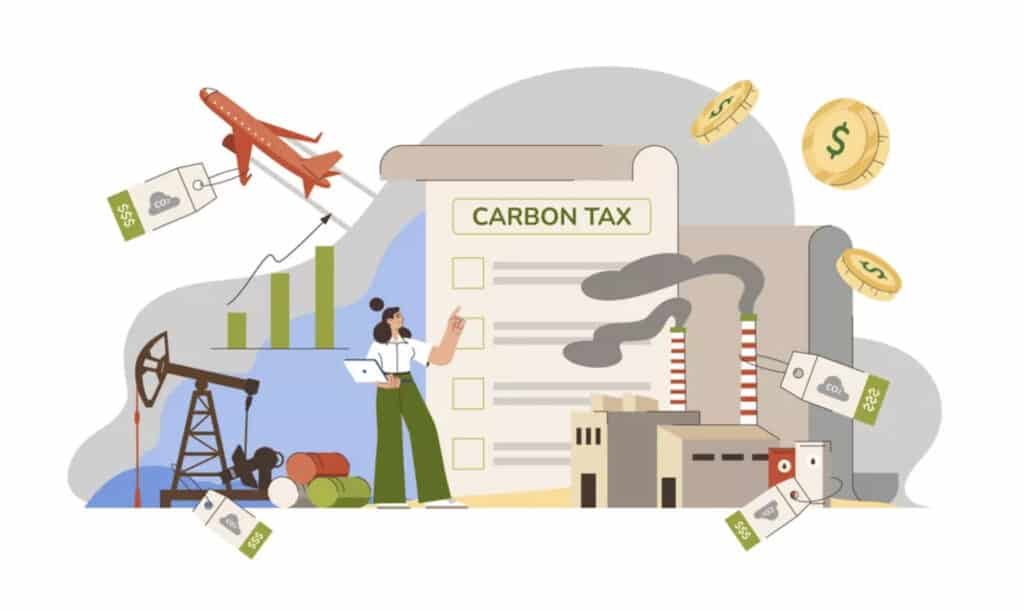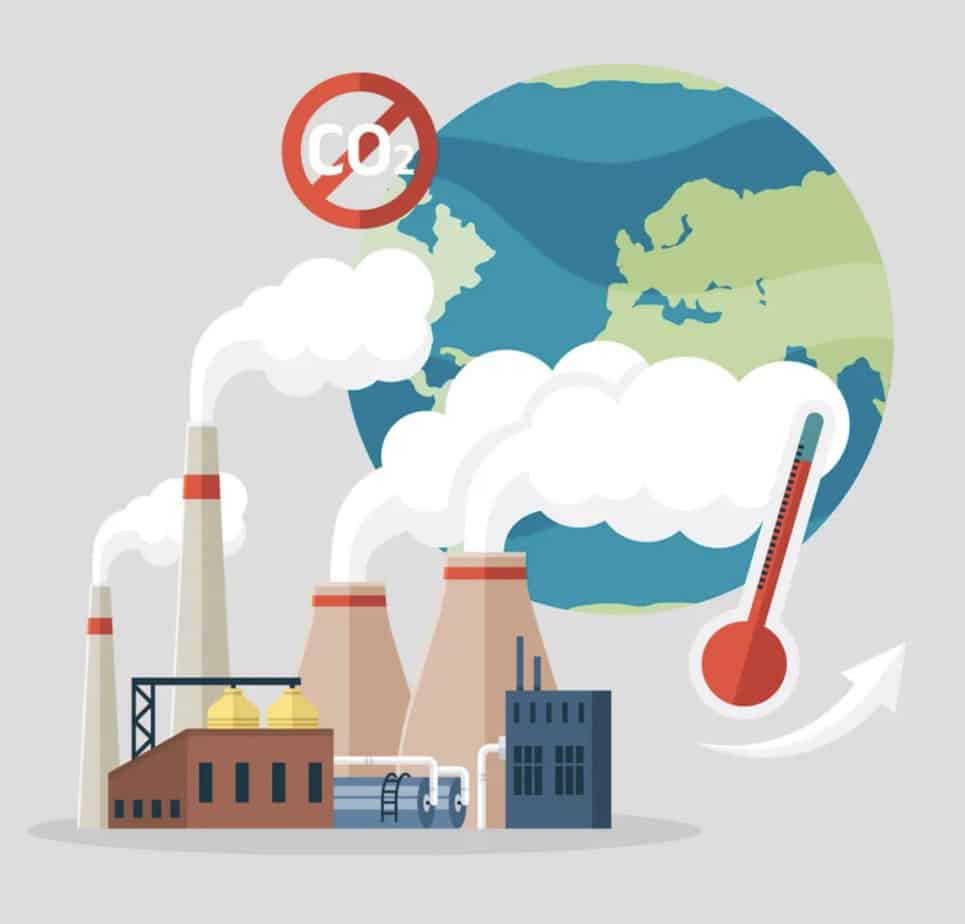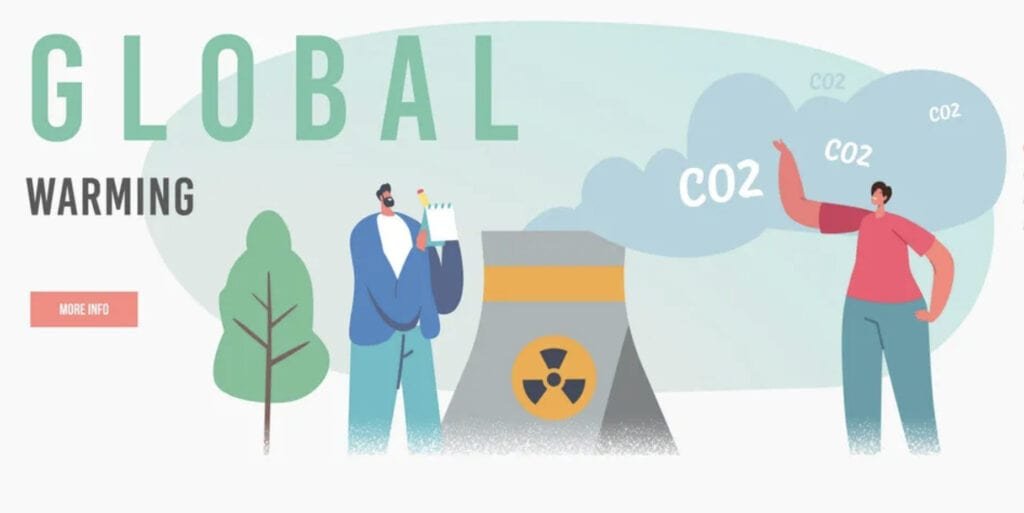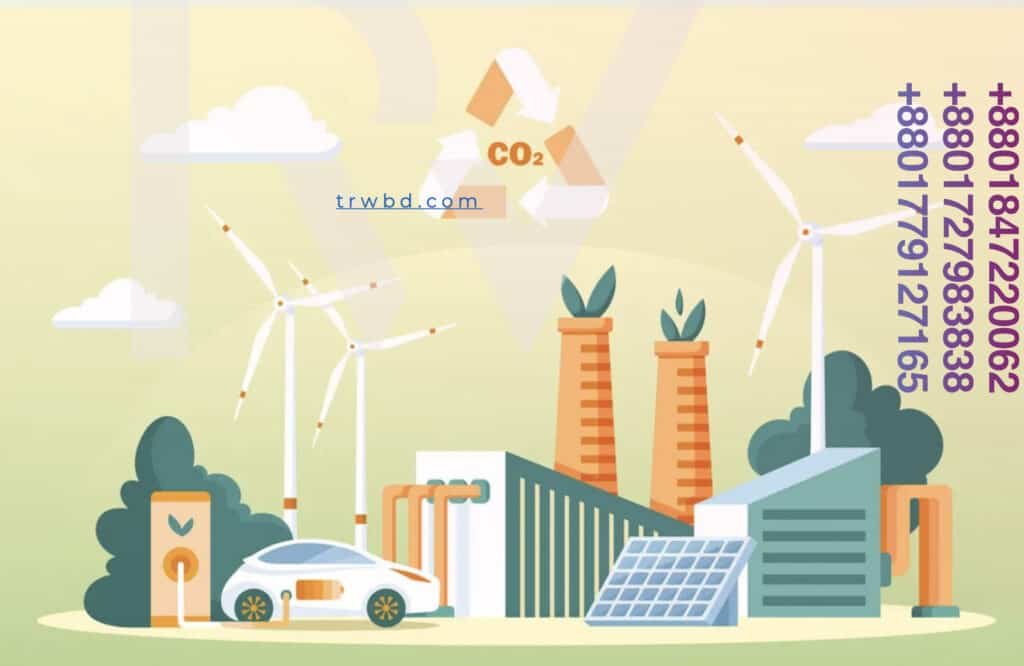Emissions Linked Trading in the US and EU: A Comprehensive Overview
Emission-linked trading has emerged as a pivotal tool in the global fight against climate change. Both the United States and the European Union (EU) have made significant strides in developing comprehensive frameworks to regulate and facilitate emissions trading. This article will explore the intricacies of emissions-linked trading in these two regions, shedding light on key documentation platforms, the use of derivatives, and recent developments that underscore the growing importance of carbon markets in addressing climate challenges.

Documentation Platforms for Emission-Linked Trading
One of the critical aspects of emissions-linked trading is the documentation platforms that facilitate these transactions. In the United States and the EU, several platforms play a crucial role in ensuring the smooth functioning of carbon markets. Notable platforms include the International Swaps and Derivatives Association (ISDA), the International Emissions Trading Association (IETA), and the European Federation of Energy Traders (EFET).
Use of Derivatives in Carbon Markets
Derivatives are financial instruments that have gained significant traction in carbon markets. These instruments enable participants to manage risk and speculate on carbon credit prices. The most common types of carbon derivatives in over-the-counter (OTC) markets include forwards, options, and swaps.
Options, such as put and call options, provide buyers and sellers with the right, but not the obligation, to buy or sell carbon credits at predetermined prices on future dates. Put options allow the sale of credits, while call options enable the purchase of credits. Forwards, on the other hand, involve agreements to buy or sell carbon credits at a fixed price on a future date, with the buyer obligated to pay the agreed purchase price regardless of market conditions.
OTC Trading and Climate Exchanges
When engaging in carbon trading in the OTC markets, participants have three primary options for documentation platforms: ISDA, IETA, and EFET. These platforms serve as essential frameworks for structuring and executing emissions-linked transactions, providing clarity and legal certainty to market participants.
Furthermore, the development of climate exchanges has enhanced the carbon credit market by reducing credit risk through central counterparty arrangements and increasing liquidity. Europe, in particular, boasts a robust exchange-traded market with various exchanges offering standardized contracts.
Examples include the European Climate Exchange (ECX) in the UK, Powernext in France, and Nordpool in Germany. The ECX coordinates the marketing and sales of ECX Carbon Financial Instruments, which include futures and cash contracts for EU ETS allowances, further promoting transparency and liquidity.

Carbon Pools
Carbon pools have emerged as innovative spot trading platforms, primarily catering to small emitters allocated allowances under the EU ETS. These pools match buy and sell orders, promoting counterparty anonymity and increasing liquidity by grouping smaller orders into larger transactions.
Key Differences Between ISDA, IETA, and EFET Platforms
Each of these documentation platforms differs in terms of their approach to excess emissions penalties, force majeure clauses, settlement disruption, and failure-to-deliver provisions. Additionally, variations in payment and delivery dates, as well as options to opt out of physical settlement obligations, distinguish these platforms. Suspension events are also handled differently, highlighting the importance of understanding these distinctions when engaging in emissions-linked trading.
Recent Updates in Emissions Trading
In recent years, the global carbon market has experienced impressive growth, with the total value reaching a record €760 billion in 2021, marking a 164% increase. Factors contributing to this growth include the rise of voluntary initiatives, corporate demand for voluntary offsets, and the implementation of compliance carbon programs.
Revenues from carbon taxes and emissions trading systems (ETS) also saw a significant increase, reaching nearly USD 95 billion globally in 2022. These trends indicate a growing commitment to combatting climate change through emissions-linked trading mechanisms.
Kyoto Protocol vs. Paris Agreement
Emissions trading has evolved significantly since the Kyoto Protocol, which aimed to reduce emissions by 5% (2008-2012) and 18% (2013-2020) relative to 1990 levels. In contrast, the Paris Agreement sets more ambitious targets, striving to limit global warming to well below 2°C, with efforts to keep it below 1.5°C. The Paris Agreement embraces a bottom-up approach, relying on Nationally Determined Contributions (NDCs) to guide emissions reductions. This shift in approach emphasizes the importance of carbon pricing initiatives, including emissions trading, in achieving climate goals.
Carbon Pricing Initiatives
Carbon pricing initiatives play a vital role in emissions-linked trading. These initiatives determine the price per tonne of CO2 equivalent and include concepts like the social cost of carbon, the polluter pays principle, and internalization of climate externality. Policymakers must choose between taxation and market-based mechanisms, each with its advantages and disadvantages. While taxation offers lower transaction costs, market-based mechanisms provide more robust tools for achieving reduction targets.
Regulated Carbon Markets: EU ETS

The European Union Emissions Trading System (EU ETS) represents one of the world’s most prominent regulated carbon markets. Launched in 2005, the EU ETS covers over 10,000 installations, accounting for 45% of the European Union’s total greenhouse gas emissions.
The system employs a cap-and-trade approach, with a maximum threshold of emissions that decreases over time. Compliance entities trade allowances, and those falling short face fines. Over time, the EU ETS has undergone several phases, with changes to allocation methods and sector coverage to enhance environmental effectiveness.
Voluntary Carbon Markets
Voluntary carbon markets (VCMs) have gained prominence as businesses and individuals seek to offset their emissions voluntarily. These markets allow participants to acquire carbon credits to compensate for or offset their emissions. Carbon credits represent the reduction or removal of greenhouse gases from the atmosphere. VCMs offer a wide range of standards for verifying and validating projects, including the Verified Carbon Standard (Verra), the Gold Standard, and the Climate Action Reserve, among others.
Project Cycle and Registry
Projects within VCMs must adhere to specific cycles, including selecting a methodology, validation, verification, and issuance. Each step ensures that projects meet high-quality standards and deliver genuine emissions reductions. Registries track and record the issuance and transfer of carbon credits, promoting transparency and accountability in these markets.
Paris Agreement: Article 6
Article 6 of the Paris Agreement focuses on cooperation in the implementation of Nationally Determined Contributions (NDCs). It outlines mechanisms for internationally transferred mitigation outcomes (ITMOs) and the sustainable development mechanism (SDM). Corresponding adjustments ensure that emissions reductions are accurately accounted for and do not lead to double counting.
Recent Developments and Challenges

As voluntary carbon markets continue to grow, several trends and challenges have emerged. These include the definition and pursuit of “net zero” emissions, concerns related to greenwashing, the development of climate transition plans, and the need for sustainability disclosures. Increased scrutiny of VCMs, along with controversies surrounding carbon credits’ environmental benefits, underscores the importance of regulatory oversight and market integrity.
The CFTC’s Role in Voluntary Carbon Markets
The Commodity Futures Trading Commission (CFTC) in the United States has identified carbon trading as a top priority. The CFTC aims to play a more substantial role in regulating and overseeing voluntary carbon markets. It recognizes the need for regulatory oversight, fraud prevention, and enforcement to ensure the integrity of these markets.
Carbon as a Commodity
The CFTC views environmental carbon products as commodities within its jurisdiction. Given the rapid
growth of carbon markets, the CFTC is actively seeking to define its role in regulating these markets. This includes exploring oversight approaches similar to those applied to digital assets.
CFTC Carbon Trading Initiatives
The CFTC has taken several initiatives to address climate-related risks and promote transparency in carbon markets. These initiatives include the creation of the Climate Risk Unit and hosting events to gather stakeholder input. Additionally, the CFTC has established an Environmental Fraud Task Force to investigate fraud and misconduct in voluntary carbon markets.
Emissions-linked trading has become a pivotal tool in the fight against climate change, with both the United States and the European Union actively shaping the future of carbon markets. As these markets continue to evolve, regulatory frameworks, documentation platforms, and transparency will play crucial roles in ensuring their effectiveness.
The CFTC’s growing involvement underscores the significance of regulatory oversight in maintaining market integrity and addressing climate-related risks. As global commitments to emissions reductions grow, emissions-linked trading will remain a central mechanism in the transition to a sustainable, low-carbon future.



